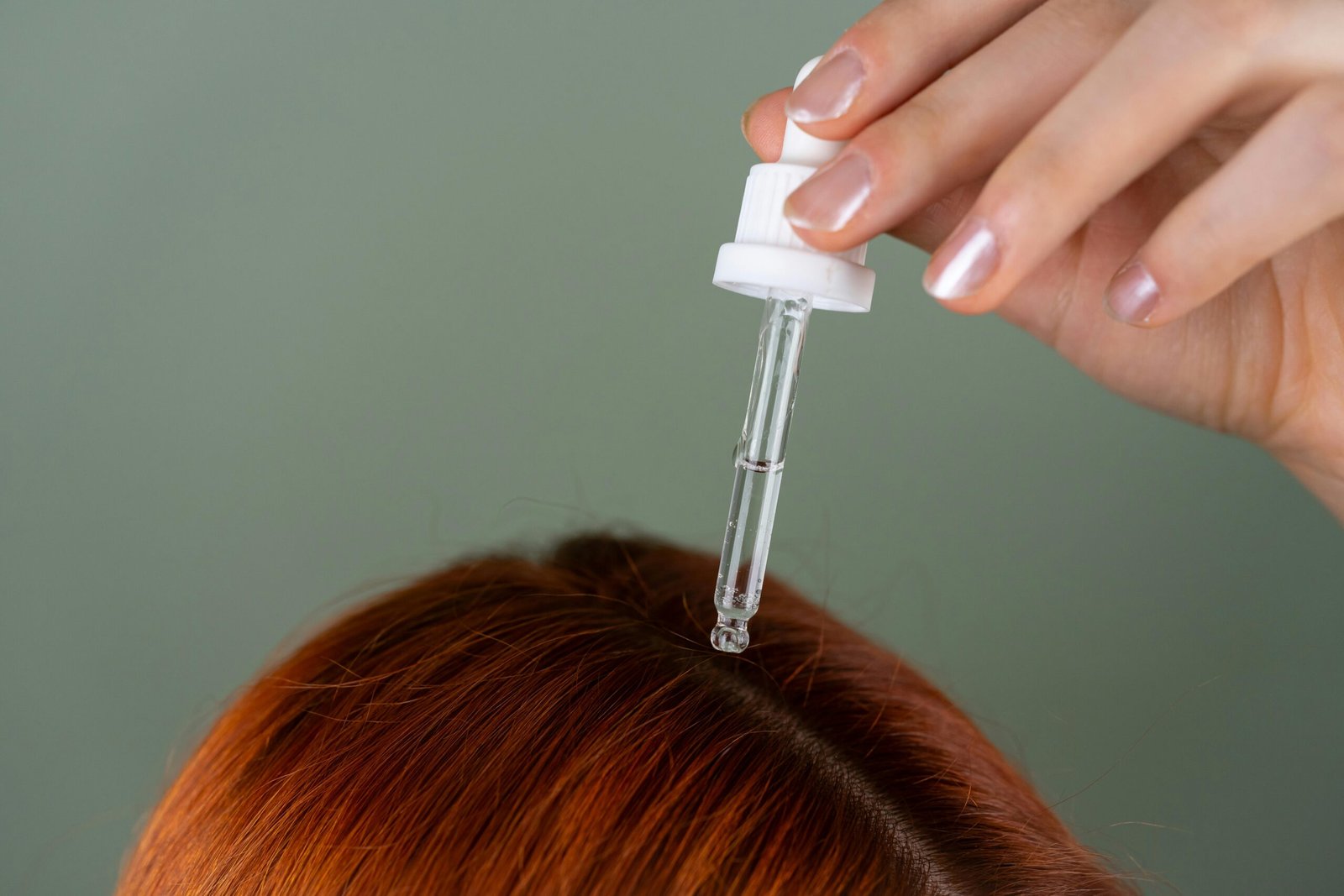A lot of people turn to minoxidil when they begin noticing thinning hair. Some see positive change. Others get irritation, shedding without regrowth, or no real improvement at all. If you’ve been there, it can feel discouraging. The good news is that minoxidil is not the only option. There are natural and pharmaceutical alternatives that support healthier follicles and more consistent growth results.
This guide walks through those options in a clear, honest way. No hype. No false promises. Just thoughtful information you can actually use.
Natural and Herbal Minoxidil Alternatives for Hair Regrowth
Natural ingredients can support hair growth by improving scalp circulation, soothing inflammation, and helping protect follicles from hormonal stress. These treatments are gentle and work best with consistency over time.
Here are some of the most studied natural alternatives:
- Pumpkin Seed Extract. Helps reduce DHT, the hormone linked to hereditary hair thinning. Often taken as a supplement.
- Retinol (Vitamin A). Encourages cell turnover on the scalp, which can help other treatments absorb better.
- Rosemary Oil. Often compared to minoxidil in research. It supports circulation and encourages stronger roots.
- Camellia Tea Oil. Light, silky, and rich in fatty acids that nourish the scalp.
- Coffee Arabica Oil. Contains caffeine and antioxidants. May encourage follicles to stay active longer.
- Grapefruit Peel Oil. Helps keep the scalp clean and fresh by reducing buildup around follicles.
None of these ingredients are a magic trick. But when used steadily, many people report less shedding, fuller texture near the roots, and better scalp comfort. Most noticeable results show up around 8 to 12 weeks.
Product Recommendations to Support Natural Regrowth
To make it easier to apply these ingredients, here are product categories that work well and are easy to integrate into a routine.
Use this for gentle nightly or every-other-night scalp massage. Look for blends that include jojoba or grapeseed oil. Pure rosemary can be too strong on its own.
Camellia Tea Oil Hair Treatment
Massage a small amount into the scalp before bed or use as a lightweight leave-in for your lengths. It absorbs fast and leaves hair soft.
Choose standardized or cold-pressed supplements from companies that test their batches. Most users take them daily.
Often paired with pumpkin seed extract. Helps support hormonal balance related to hair thinning.
Retinol Scalp Prep (Weekly Treatment)
Use once per week to refresh the scalp surface and help other serums work better.
A Simple Example Routine
- Morning: Pumpkin seed extract or saw palmetto supplement
- Evening (3–4 times a week): Massage rosemary oil into the scalp for 2 minutes
- Once weekly: Retinol scalp prep to reset and boost absorption
Simple, steady, and sustainable. That’s how hair responds best.
Comparative Analysis: How Alternatives Measure Up
Research has shown some clear differences in how treatments perform. For example, studies with around 390 male participants found that 5% topical minoxidil generally leads to more visible regrowth than 2%, but higher strengths like 10% can be inconsistent because the body needs to convert minoxidil into its active form, and not everyone does that equally well.
Here’s a quick look at how options compare:
| Treatment Option | Effectiveness | Side Effects | User Rating |
| Topical Minoxidil (5%) | Strong for many users | Can cause dryness or irritation | 8/10 |
| Oral Minoxidil | Often effective | Possible swelling and requires monitoring | 7/10 |
| Herbal Remedies | Gradual changes | Gentle on scalp | 7.5/10 |
Real-world feedback lines up with the data. Minoxidil works for many, but it can irritate the scalp. Oral minoxidil can help when topical formulas fail, but it needs medical supervision. Herbal options are slower but much easier on the skin and nervous system.
Cost and Practical Buying Tips
Hair growth routines don’t need to be expensive. What matters more is consistency and ingredient transparency.
| Treatment Type | Typical Price Range | Notes |
| Natural Oils and Serums | $30 to $60 | Check ingredient lists for purity |
| Oral Alternatives | $50 to $100 | May require a prescription |
| Herbal Supplements | $20 to $50 | Look for third-party testing |
Shopping Tips That Actually Help
- Choose products with clear ingredient percentages
- Avoid “mystery blends”
- Read real reviews, not promotional ones
- Start with small sizes if possible before committing
Hair growth takes time. There is no rushing biology.
Final Thoughts
Minoxidil is helpful for many, but it is far from the only path to regrowth. Natural oils, supplements, and clinical alternatives can offer gentler, more customizable approaches that align with your body and lifestyle.
The most important thing is choosing a routine you’ll actually stick with. Small, consistent steps build real momentum. And seeing even small improvements can restore confidence. It is absolutely possible to move in that direction.
FAQ
What is the best natural alternative to minoxidil?
Pumpkin seed extract and rosemary oil are two of the most researched natural options.
How long do natural treatments take to work?
Typically 8–12 weeks before you may notice thicker, stronger strands.
Can women use oral minoxidil?
Yes, but doses are lower and must be prescribed and monitored by a clinician.
Is minoxidil safe during pregnancy?
No. Speak with a healthcare provider about safe alternatives during pregnancy.
Do essential oils really help hair grow?
They may support scalp health and circulation, which creates better conditions for growth.





